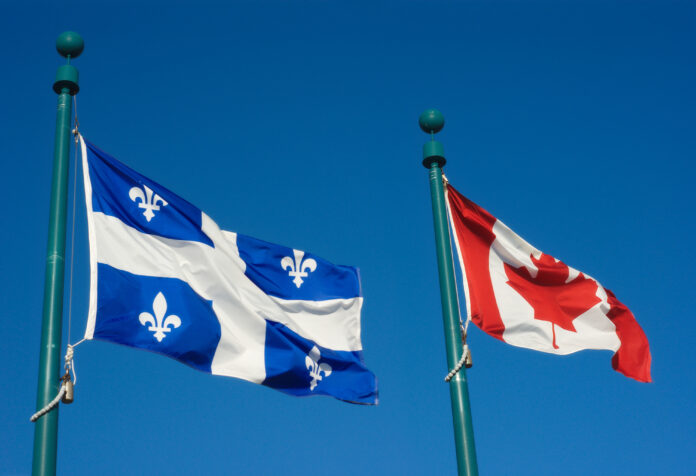
Canada’s ongoing efforts to ensure the vibrancy of French-language communities across the country has seen francophone immigration outside Quebec jump by almost five times since 2006.
During those 16 years, the number of francophone immigrants coming to live in Canadian communities outside Quebec jumped from about 2,800 in 2006 to hit more than 16,300 new francophone permanent residents in 2022.
Even with the massive rise in immigration levels to Canada during that time, the growth in francophone immigration to minority francophone communities in the country has still risen on a per capita basis.
Read More Canada Immigration
Quebec Makes Part Of Entrepreneur And Self-Employed Immigration Programs Francophone-Only
All Immigrants To Quebec To Be Francophone By 2026, Says Provincial Premier
Canada Opens New Francophone Immigration Centre In New Brunswick
In 2006, francophone immigration represented 1.38 per cent of all immigration to the country. Last year, that percentage rose to 4.4 per cent.
That means Ottawa has hit its francophone immigration target for 2022.
“Francophone immigration plays a key role in restoring the demographic weight of francophone minority communities in addition to contributing closely to the economic development of our country,” said Official Languages Minister Ginette Petitpas Taylor.
Immigration Minister Sean Fraser and Petitpas Taylor announced that Immigration, Refugees and Citizenship Canada (IRCC) hit that target for francophone immigration at the École secondaire catholique Franco-Cité in Sturgeon Falls.
Watch Video
“Today’s announcement is a step in the right direction and will give us the momentum we need to adopt a robust new francophone immigration policy, presented in Bill C-13, with objectives, targets and specific indicators that will ensure the sustainability of the French language,” said Petitpas Taylor.
In the past five years, the number of francophone immigrants in Canada has increased by 42,470 permanent residents.
“Francophone immigration is at the heart of the values that make Canada rich, both culturally and through the distinct character of its two official languages,” said the immigration minister.
Ottawa Earmarked $40.7m For Francophone Immigration Initiatives In Its Five-Year Plan
“We have achieved our target. It is a significant milestone and reflects the importance and contribution of French-speaking immigrants to the vitality and development of francophone communities outside Quebec.
“We will continue to welcome French-speaking immigrants to ensure the viability of these key communities that are helping to shape the future of our country.”
Through the Action Plan for Official Languages 2018–2023, Ottawa allocated nearly $500 million over five years to support official languages, including $40.7 million for francophone immigration initiatives.
“Newcomers are essential to the development and vitality of francophone communities,” said Marie-France Lalonde, the immigration minister’s parliamentary secretary.
“This is especially true in minority communities. Canada has always been a pioneer in its efforts to create more opportunities to help these communities prosper culturally and economically and, in doing so, increase their demographic weight.”
Although the number of Canadians who speak French as their mother tongue has grown steadily, the percentage of francophones in Canada nudged down in the five years that ended in 2021. The proportion that French-speaking Canadians dropped from 22.2 per cent in 2016 to 21.4 per cent in 2021.
The number of Canadians who speak mostly French at home increased in Quebec, British Columbia and Yukon, but decreased in the other provinces and territories during those five years.
In a bid to reverse that trend, the IRCC released its Meeting Our Objectives: Francophone Immigration Strategy, in 2019 with one of its objectives being to reach a target of 4.4 per cent of French-speaking immigrants outside Quebec by 2023.

